Osmanthus—the Legendary Flower of Kweilin: Part Two
Phil Thornburg • May 29, 2013
As the new owner of a landscape design and installation company in 1983, I found that many times I needed an evergreen that was not a Rhododendron, Ligustrum, Photinia or one of the Prunus. I wanted a genus that was tough, did not get diseases, came in various sizes and did not mind full sun or even drought occasionally. I wanted something that had fragrant flowers but was not messy and did not grow so fast that it overpowered clients’ or my ability to manage.
One day, I was asked to check out the plants in a back yard of an old home in the northwest area of Portland. The client wanted a landscape makeover but first wanted to know which plants to keep. All of the plants in the garden were a minimum of 25 years old and were either enormous or hacked badly. After walking around the many Yews, chopped Junipers and Rhodies, I came upon three similar plants that I had not seen before. They were lightly trimmed, about four feet in height and breadth, and had trunks of about 3-inch diameter. They were covered with buds and were just beginning to bloom. Their leaves were small, about 1 inch long and ½ inch wide, lightly toothed and evergreen. The little white trumpet flowers had a light powdery sweet fragrance during late March. I asked the clients if they were familiar with the plant. They said “no” but that it was the only plant which they really enjoyed in their garden and they wanted to keep it.
I took a leaf in to several nurseries and no one knew what it was. I looked in my books and happened to revisit the genus Osmanthus. The leaf and flower looked like the picture of Osmanthus delavayii. I was excited. Here was the fragrance I wanted in an evergreen and was not huge, even after 25 years. It was a manageable size with only light trimming. When I returned a week later the plant was in full white bloom, very fragrant and beautiful.
Next, I came across Osmanthus x burkwoodii. This is a cross of Osmanthus delavayii and Osmanthus decorus. It fit perfectly in my scheme of things as this plant is great for a smaller hedge. I have found that it can be easily maintained at about 5 to 6 feet with once-a-year trimming. In spring, it has about the same powder sweet scent as delavayii. Its leaves are bigger, about 2 inches long and about 1 inch wide and not toothed.
Osmanthus heterophyllus and its varieties came next. This tough evergreen’s fragrance attracted my attention one October in Lake Oswego while I was weeding at a house near the lake. I thought that it was a strange Holly but quickly found that, no, here again was an Osmanthus to add to my collection! Its leaves were opposite like the other Osmanthus plants and not like a Holly’s. It is a tough evergreen and its fragrance is a bit like honey and jasmine.
There are several varieties of O. heterophyllus, but ‘Goshiki’ has become my favorite. It is slow growing and the foliage develops amazing color combinations of medium green and yellow splotches with pink streaks. It does burn in reflected heat but can take full sun. The term heterophyllus means varying leaves. When it is young the leaves tend to be somewhat toothed like a holly, but as it grows into maturity it develops leaves that are smooth or only occasionally toothed and appears almost to be a different bush.
One of my favorite spots in Seattle is the University of Washington Arboretum. I have found many live plants there that I have seen only in books. I decided in the 80s that I would locate every Osmanthus in the park to see if there were other species that were special. I did come across O. decorus, O. americanus, O. armatus, O. burkwoodii, O. fragrans, O. Yunnanensis, and O. fortunei. (O. suavis or O. serrulatis were listed as in the arboretum, but I could not find them.)
Since then, I have purchased and grown all of the above species except the two that I could not find in the Arboretum. (Osmanthus can quickly be differentiated from Ilex by their opposite leaves. Ilex leaves are never opposite.) Here are a few of the species I have enjoyed:
O. decorus is a neat mounding evergreen with little white mildly fragrant spring blooms. It is tough and drought tolerant even in dense shade. Its leaves are about three inches long and about one to one and a half inches wide. They are not toothed at all. If I could find a good source I would use it much more often.
O. Yunnanensis looks sort of like a much larger O. decorus. It has the largest leaves of any that I have seen and is not toothed like armatus or heterophyllus. It has olive green leaves and blooms profusely and fragrantly in spring. So far, it is the Osmanthus that I think is the best small evergreen patio tree or specimen. It looks a bit like a Michelia or Parakmeria. I would use it on our designs also if I could find it anywhere but Woodlander’s Nursery in Aiken, Georgia.
O. x fortunei is a cross between O. heterophyllus and O. fragrans. I have found this to be the most satisfying Osmanthus for taller hedging in our climate. It is a tough evergreen, completely drought tolerant, hardy in shade or sun and has the most amazing fragrance on a warm autumn day. It is the fastest growing of them all but can be easily contained to 8 feet. Its fragrance to me is a mix of the jasmine and honey of heterophyllus and the jasmine and apricot mix of O. fragrans. O. x fortunei comes in two varieties that I have found:
‘San Jose’ which is a little more narrow growing and lighter green, and Natchez which is darker green and wider. They can be found at Woodlander’s, Gossler’s (Springfield, Oregon), Greer’s (Eugene, Oregon) and Heronswood (Seattle Area).
O. fragrans was the species for which I most wanted to find a hardy variety and dependable bloomer for our climate. Many varieties of O. fragrans are grown commercially in China. One of their favorite varieties, also quite common in San Francisco, is called O.f. aurantiacus. It is known in New Orleans as “Orange Tea Olive.” Its blooms are a rusty orange and very fragrant. I have had trouble with hardiness in this variety and it has never bloomed for me, but I haven’t given up on it.
Sean Hogan of Cistus Nursery here in the Portland area recently told me of some O. fragrans varieties new on the market. I am in the process of trying them out. They are purported to be hardier with an earlier bloom period.
(These Osmanthus varieties can all be found at Nurseries Caroliniana, Inc., www.nurcar.com.)
O. f. ‘Thunbergii’—supposedly longer blooming and yellow flowered.
O. f. ‘Nenjing’s Beauty’—also longer blooming, white flowered.
O. f. ‘Fudingzhu’—purported to be the most fragrant and blooms off and on all year.
My deck is finally built and I am currently pondering the exact locations where I can plant these three varieties of O. fragrans, so that their fragrance will waft up onto the deck. Naturally, I want to appreciate their beauty also. One day I plan to make the perfect cup of Osmanthus tea and I won’t have to live in Kweilin or New Orleans to do it, I will just sit back on my deck and sip.
The Chinese are very fond of Osmanthus fragrans flowers in tea and as a perfume; hence the English Southern name of the plant, “Tea Olive.” The center for the culture of O. fragrans in China is Kweilin on the Likiang River. The name of the city means, “Forest of Sweet Osmanthus”.
—Phil Thornburg
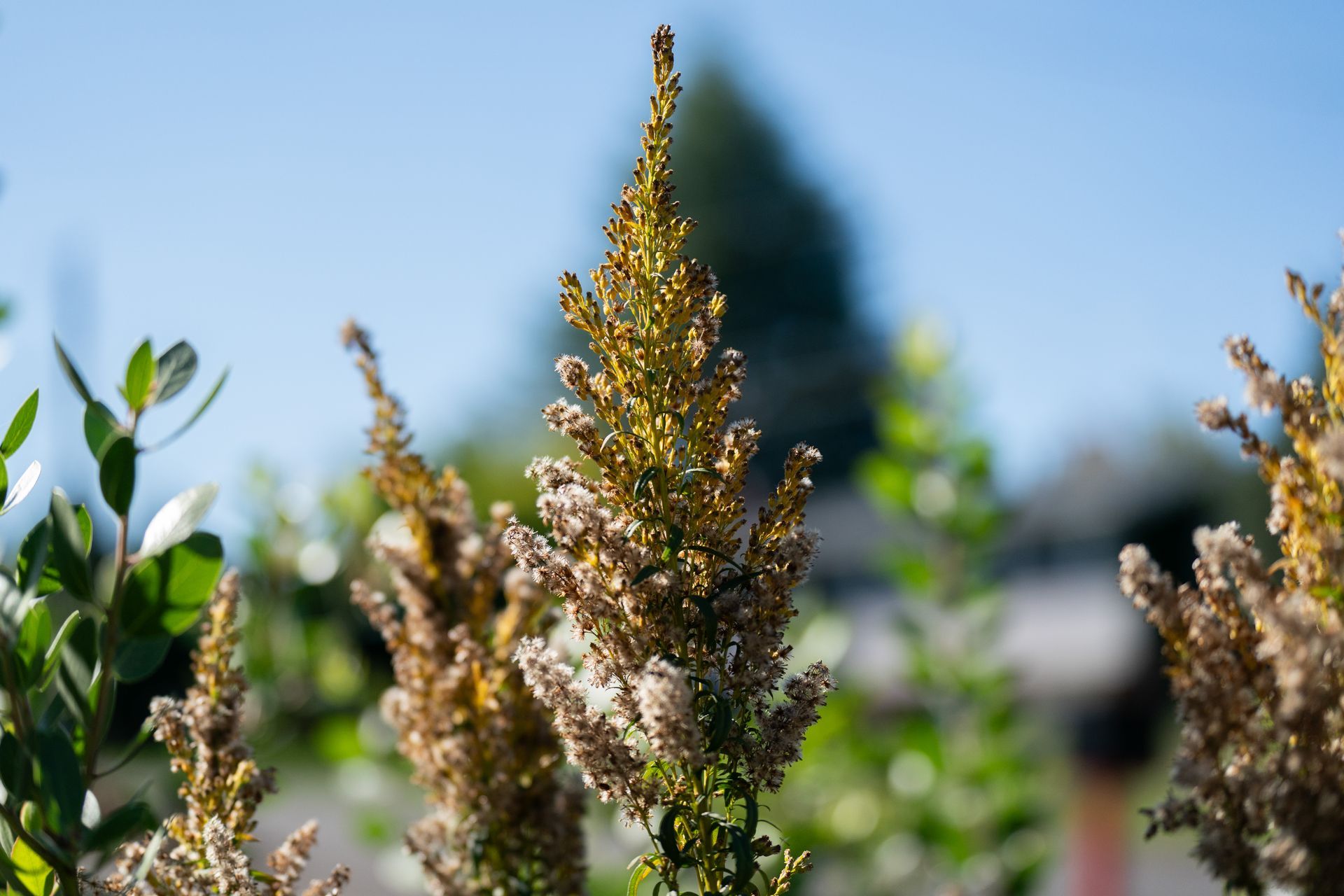
The Rainy Season Has Arrived There’s no doubt about it — the rainy season has begun! November is historically the wettest month of the year in Oregon, and your landscape will thank you for a little extra preparation. Here are some tips to keep your garden healthy, resilient, and habitat-friendly this season: General Maintenance Clean roof and gutters to prevent overflow and protect drainage systems from clogging. Compost or mulch fallen leaves instead of disposing of them — they’re valuable organic matter. Look for bare soil and cover exposed areas with organic mulch such as medium dark hemlock, arborist chips, or fallen leaves. Weed first, then mulch to prevent erosion and feed soil lif e. Mulch insulates plant roots, suppresses weeds, and supports beneficial organisms like earthworms and fungi. Some tender plants (Fuchsias, Dahlias, Cannas) benefit from an extra “blanket” of mulch to protect from frost. Remember: mulch in summer also conserves moisture and keeps roots cool. Check irrigation systems : Turn off the automatic controller. Turn off the water at the street or backflow prevention device. Drain the system if possible to prevent damage from freezing. Prune tall roses back by about one-third to prevent winter wind damage. Avoid hard pruning until they’re fully dormant later in the winter. Lawn Care (or Lawn Alternatives!) If moss is creeping in, it’s a sign of shade, poor drainage, or compacted soil. Before reaching for moss killer, consider reshaping or reducing your lawn. Converting shaded areas to native groundcovers or meadow plantings benefits pollinators and reduces mowing. If you maintain lawn areas, aerate, lime (50–80 lb per 1,000 sq ft), and fertilize with a slow-release winter blend to support healthy growth. Remove fallen leaves promptly. Wet leaves can smother grass, but when raked into planting beds, they become excellent free mulch that improves soil structure and provides habitat for overwintering insects. Store garden tools and equipment clean and dry: sharpen blades, oil metal surfaces, and disconnect hoses to prevent freeze damage. Planting & Seasonal Color Now is the best time to plant or transplant trees and shrubs — roots establish best in cool, moist soil. (Unless we are talking cacti and succulents, let's plant those in Spring!) Still time for spring bulbs! Get tulips, daffodils, crocus, and alliums in the ground before it freezes. Force Paperwhite Narcissus indoors for holiday blooms — they flower in about five weeks. Prune shrubs that bloomed in late summer or fall. Avoid pruning spring bloomers now, as you’d remove next year’s buds. Soil & Drainage Watch for water pooling during heavy rains. If you see soggy areas, consider adding rain gardens, French drains, or dry wells to improve infiltration. Native sedges, rushes, and moisture-loving ferns thrive in these areas and support native pollinators. Compost and leaf cover: Spread composted manure or leaf mulch over dormant garden beds to feed soil life and prevent compaction. Shrubs, Trees & Perennials Rhododendrons and Azaleas: If leaves are yellowing, fertilize lightly with an acid-loving plant food while soil is moist. Never lime these plants. If they’re already green, simply mulch with leaves — they prefer organic matter over extra fertilizer. Tender perennials like Dahlias or Cannas can be dug, stored, or mulched deeply for winter protection. Vegetable & Edible Gardens Garlic can still be planted for harvest next summer. Fruit trees: rake and remove diseased leaves to prevent fungal spread — replace with clean leaves or bark mulch. Rhubarb and asparagus beds: top with compost or composted manure. Cover vegetable beds with a 3–4-inch layer of leaves to prevent compaction and enrich soil for spring planting. Store potatoes around 40°F in a dark, cool space like a garage. Habitat & Wildlife Leave seed heads on native plants, ornamental grasses, echinacea, and rudbeckia to feed birds and shelter beneficial insects. Add bird habitat: Provide water, shelter, and native food sources through shrubs like snowberry, elderberry, and red-twig dogwood. Avoid using slug bait with metaldehyde — instead, hand-pick slugs or use iron phosphate-based alternatives safe for pets and wildlife. Consider planting Saffron Crocus (Crocus sativus) — a late-blooming crocus that supports pollinators and yields edible spice threads next fall. Houseplants: reduce fertilizing during low-light months; let them rest until spring.
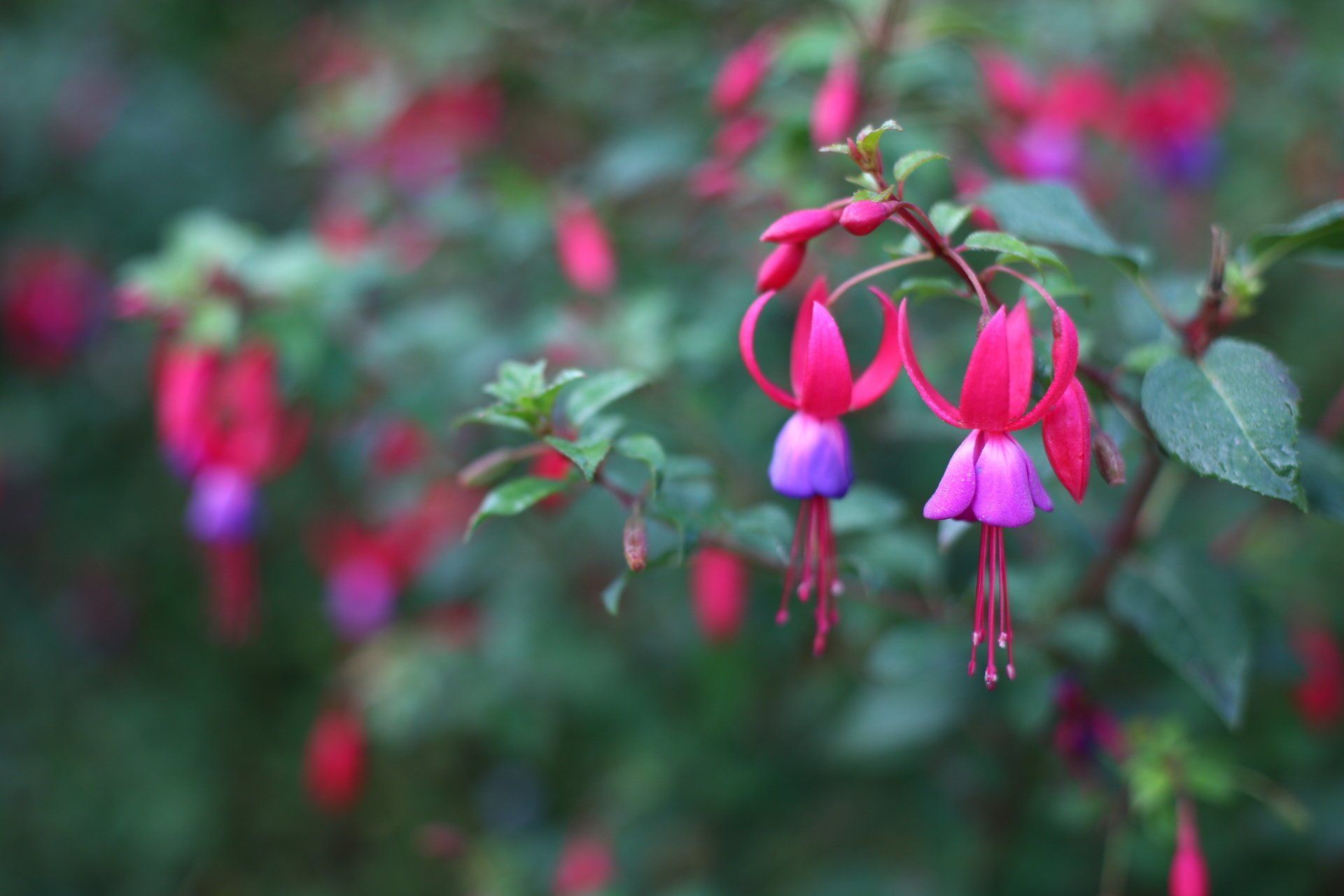
On Saturday, September 27th, we held our fall plant sale at Thornhurst Garden—and what a day it was! The garden itself provided the perfect backdrop, with the changing leaves and late blooms showing off the season’s beauty. It was such a joy to see so many friendly faces—neighbors, friends, and new visitors alike—coming together to share their love of plants. Events like these remind us how much community is at the heart of gardening. The sale helped us find new homes for much of our overstock, and many folks walked away with treasures for their own gardens. Moist fall soil means these plants will settle in happily, making this truly the best season to get them in the ground. We also held a raffle, and we’re excited to announce that Sarah Reid was our winner! Congratulations, Sarah! Thank you to everyone who came out to support us, explore the gardens, and bring home plants. We’re already looking forward to the next time we can gather and celebrate together. (Here’s a look at some of the wonderful people who joined us that day!)
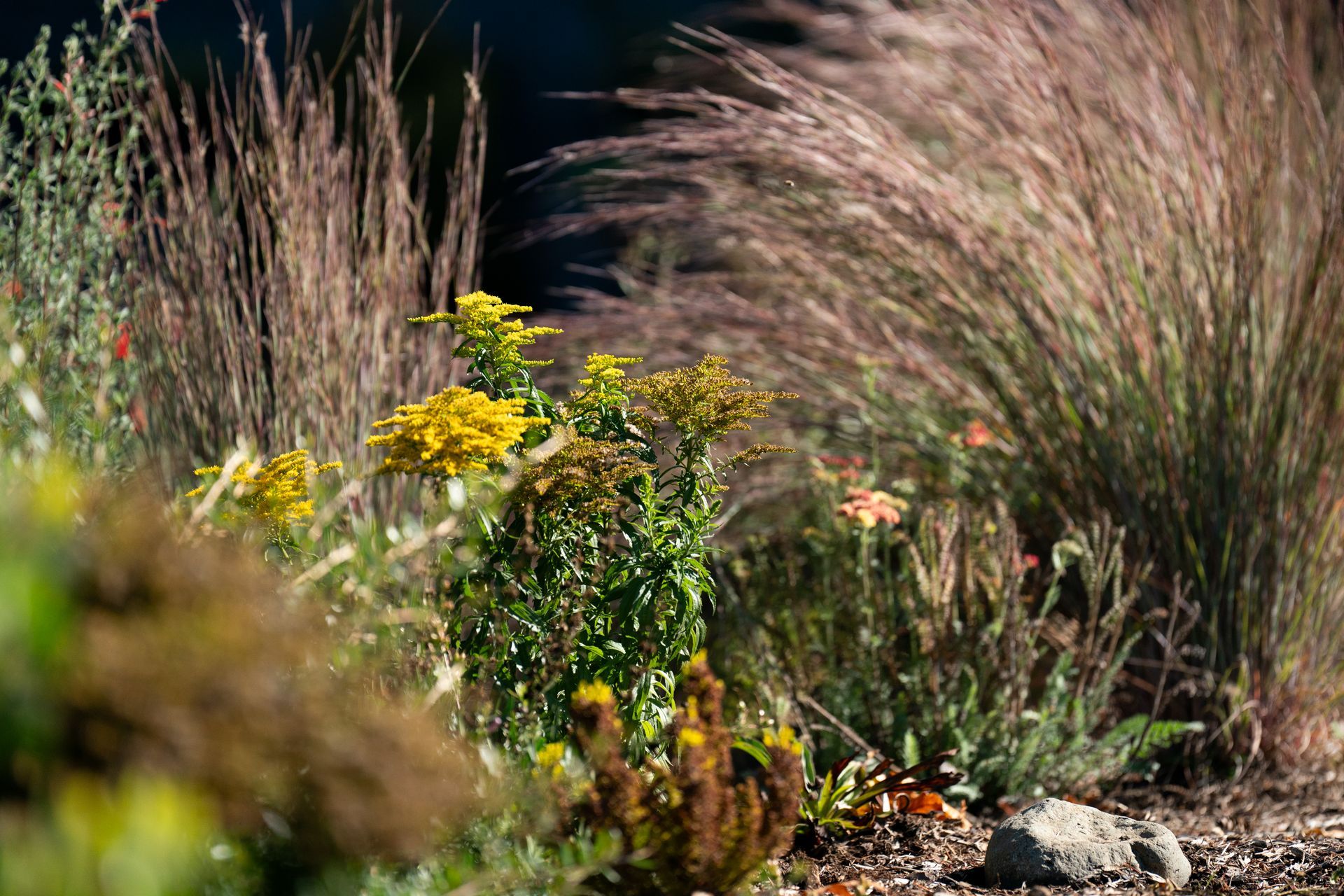
October might just be the best month of the year. Leaves turn gold and crimson, the first steady rains return to refresh thirsty plants, and the garden hums with renewed activity—birds darting through the branches and insects busy among the late blooms and fallen leaves. Soon, the season’s magic spills beyond the garden as little goblins and witches knock on our doors, candy bags in hand. For gardeners, fall is more than just a feast for the senses. Cooler days and moist soil create the perfect conditions for transplanting trees, shrubs, and perennials—plants settle in more easily now than in the heat of summer. (Unless we're talking Agaves, transplant those after the Spring rains) The softened ground also makes digging and dividing far less of a chore. Even challenging tasks like ivy removal become easier when the soil gives way beneath the roots. Autumn truly is a season of opportunity: a time to plant, to tidy (or not!), and to prepare the garden for the year ahead while savoring every bit of its fleeting beauty. The last week of October, but sometimes the first week in November, is the last time that we mow weekly. Be watching your lawn so that you can decide the best time for yourself. Occasionally, we will have a warm Winter, and a touch-up may be needed. Eco-lawns- Depending on the seed mix, you can leave these as is, allowing them to form more of a meadow look. This can help create more habitat for wildlife and insects. October is the first month when we have a higher probability of transplanting from moist, soft soil into a damp, soft new hole. All plants of course prefer to be dormant (asleep) when being transplanted. So, the coolness of October and the (hopefully) moist soil are perfect for the beginning of the transplanting and planting season. The best planting time typically extends from the rainy season until approximately the middle of March. Now is the best time to plant in Western Oregon! If you want Spring blooms, make a trip now to your local nursery and purchase Spring bulbs to plant in the ground! October/November are the traditional months for planting Spring bulbs. You can also plant fall bulbs now, such as Saffron Crocuses and Colchicums. The rain will bring out the dormant, sleepy slugs, so getting slug bait out in your beds now will hopefully thwart off a winter and spring invasion of new baby slugs! The Fall leaves will start to drop all over your yard. Remember to keep them off the lawn/grass areas and instead rake or blow them into your beds. The wet leaves will damage your lawn if left on, sometimes only in a day or two, but they can become great free compost/mulch for your planting beds. Lots of insects use this leaf litter as their habitat. This is a great way to invite more birds and wildlife into your garden as they forage through the leaves! I love watching them! This month, place mulch around potentially tender plants such as Cannas, Fuchsias, Dahlias and Calla Lilies. This will insulate them from frost or freezes. Get some bark mulch or chips and spread them 2” thick over any bare areas in your beds for the rainy season. This will prevent erosion and help choke out weed seeds from sprouting. If you are seriously into gardening, here are some more tips. Plant garlic bulbs now for harvesting next summer Pick any green tomatoes and bring them into the garage to ripen. Harvest Sunflower heads and bring them into the garage to dry. These are great for birds and human snacking. Sow native hardy annuals- you can sow these on any bare soil, or you can use gravel mulch and direct sow on that! Some great hardy annuals are California poppy (Eschscholzia californica), Red Maids (Calandrinia ciliata), Farewell-to-spring (Clarkia amoena) Gilia capitata, to name a few. Feel free to reach out to us if you have any questions about hardy annuals! A hardy annual is an annual plant you can sow in the Fall, and it will germinate, survive the Winter Months, and grow enough roots to sustain itself. Most of our natives will not require additional water the following year, and if they are happy, they will seed around and come up where they are thriving.
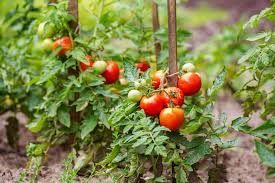
Garden Tips and Tricks for September September and October are my favorite months of the year. The air cools, the light shifts, and the season takes on that autumn magic that always makes me think of Halloween. Summer is winding down, but the garden is still alive with tasks that prepare it for the darker months ahead. Unlike spring’s dramatic storms and sudden frosts, fall eases in gently, carrying us toward the rainy season by late October. September Gardening Tasks: Ease off watering – Let plants harden off for winter, but check the soil and water if it’s dry. Keep weeding – Persistence now makes for an easier spring. Renovate or seed lawns – September and October are prime months while the air is cool and the soil is workable. Beware of fallen leaves on newly seeded areas. Slug baiting – Use traps or the beer-in-a-jar trick to keep them in check. Monitor areas and determine your threshold for damage. Slugs are also part of our habitat gardens. Trim back perennials – Clear away browned foliage to tidy beds before winter, or for habitat and sustainable gardening, leave perennials for mulch/habitat and forage for birds and insects. Planting and transplanting – September through March is ideal, with November the peak month. If you haven’t yet, begin planning which hardy annuals to seed in late October-November. Harvest – Gather winter squash, tomatoes, and potatoes while they’re ready. Winter vegetables – Early September is the last chance west of the Cascades for kale, Brussels sprouts, turnips, cabbage, and other winter favorites. Lawn fertilizer – This is the last month for summer fertilizer; switch to a fall/winter mix in November. Rhododendron cuttings – This is a good time to start new plants if desired. Prep compost piles – Stock them with fall leaves and garden trimmings for rich soil next year. Houseplants – Bring them indoors when nights turn too chilly.
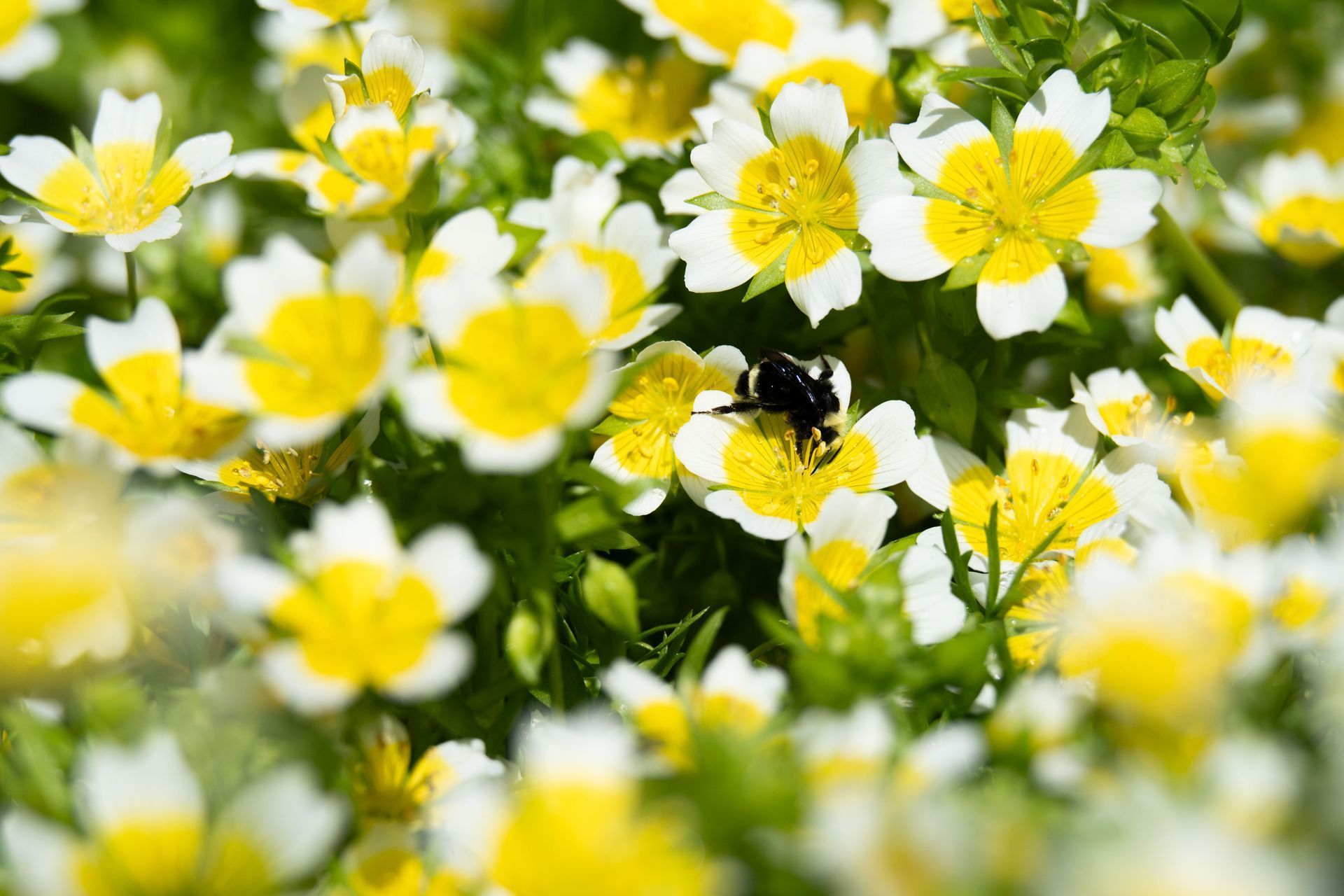
May Tips for a Habitat-Friendly Garden Plant annuals (but wait on heat-lovers): May is a good time to plant annuals in containers and beds. Hold off on heat-loving crops like tomatoes and basil until nights are reliably warm and the soil has warmed—planting too early can stress or stunt them. Start mindful watering: If rainfall has been low, begin deep, infrequent watering (about once a week). This encourages strong root systems and conserves water. Avoid overhead watering in the evening to reduce fungal issues. Rethink the lawn: If you maintain a lawn, mow higher to reduce water needs and encourage deeper roots. Consider letting some areas go wild or replacing turf with native groundcovers to increase habitat value. Weed wisely: Focus on removing weeds that are going to seed first. Even five minutes of weeding helps! Leave less aggressive weeds in place if time is short—many provide cover or nectar for insects. Support natural pest control: Promote beneficial insects like ladybugs and lacewings by planting a variety of nectar-rich flowers. For aphids, try a spray of soapy water or simply hose them off. Avoid broad-spectrum pesticides, which harm pollinators and beneficial bugs. Slug and root weevil control: Use methods that target pests without harming other wildlife. Nematodes work well for root weevil larvae. For slugs, try beer traps, copper tape, or manual removal. Diatomaceous earth can be effective but may also harm beneficial insects—use sparingly. Leave the mulch: Let leaf litter and composted mulch remain under shrubs. It feeds the soil, retains moisture, and supports beneficial microbes. Fertilize only if plants show signs of stress, and choose fish emulsion or compost tea when needed. Plant for fall and for pollinators: Now’s a great time to plant perennials like chrysanthemums (for fall color) and native flowering plants that bloom through summer and into fall—providing nectar for pollinators and habitat for insects. Plan your veggie garden: By late May or early June, plant warm-season crops like tomatoes, peppers, cucumbers, squash, beans, pumpkins, and kale. Consider letting a few vegetables bolt (like dill and kale) to attract bees and butterflies. Watch for cabbage pests: Small holes in leaves may be flea beetles or cabbage worms. Use floating row covers, handpick pests, or apply BT sparingly. Companion planting with herbs like dill or nasturtiums can help deter pests naturally. Prune thoughtfully: After spring-blooming plants finish flowering, prune only if necessary. Leaving seed heads can provide food for birds and shelter for overwintering insects. Consider leaving trimmings in beds to decompose, except those trimmings of perennials with seed heads you don't want to spread. Avoid major trimming of trees, many birds are still nesting. Skip spraying trees unless necessary: If tent caterpillars are present and damaging fruit or shade trees, remove egg masses or nests manually. Spraying should be a last resort—consider how many caterpillars you can tolerate as part of a healthy ecosystem.

